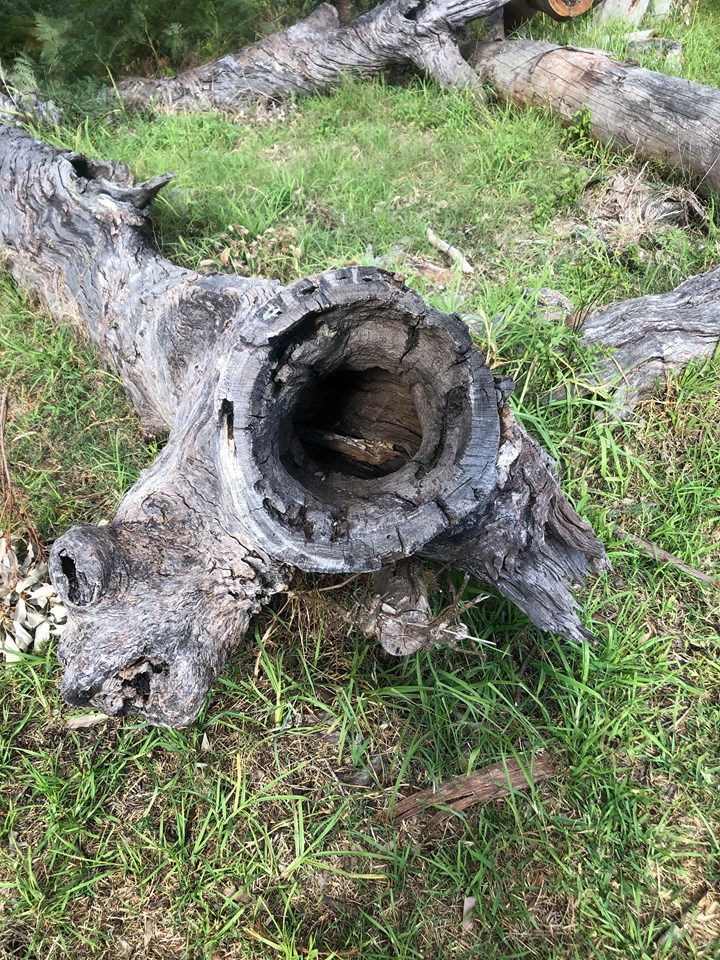As the human population increases, more urban development increases and is taking over important bushland, necessary for not only the survival of ecological communities and the wildlife it provides for but also our health and well-being too. This is because nature provides us with healthy environments by purifying our water, provides us with food, stabilizes our climate, protects us from flooding, and provides pollination services for agriculture and human nutrition, among others.
Nature provides for us physically, but what about mentally?
This is an exciting concept that has been researched a lot over the past few decades, and these studies have come to find that there is indeed a relationship between having regular nature exposure and an improvement in our mental health.
The Science

In recent decades there have been a lot of studies done on the relationship between nature-contact and our mental health. What has been found, from cross-sectional and longitudinal research is that being in regular contact with green and/or blue spaces (aquatic or marine environments) can be in part, correlated with improved psychological well-being and reduced psychological/stress impacts. This can be in the form of sounds or images too such as rain, birds, or trees in the wind for example (P. Dadvand, X. Bartoll, X. Basagaña et al., 2019).
The evidence found in these studies that link nature exposure to psychological well-being is an increased level of positivity, more happiness, positive social interactions, cohesion, more purpose in life, manageability of life tasks and a decrease in mental distress (P. Dadvand, X. Bartoll, X. Basagaña et al., 2019).
What is even more interesting is that in addition to longitudinal studies, nature exposure has been shown to improve other cognitive functions such as memory and attention, impulse inhibition, imagination and creativity, improved sleep and less stress. These last two functions are associated with mental health issues, and so we can suggest that nature exposure does play a role in reducing mental health symptoms (Bratman, G, Anderson, C, B, Berman, et al., 2013).
What Can We Grasp From This?
As we can see from the results of these studies, being in regular, close contact with nature, in a variety of settings (parks, nature reserves, street tree’s, beach), plays a significant role in improving your well-being. However, this study does mention that having close nature contact isn’t the only solution, as other factors can contribute significantly to your mental health such as your social life, finances, relationships, trauma and health, among others.
Overall, these studies help us understand just how important being around nature is, especially to our technologically advanced generation, where we are on our screens more and are less inclined to go outside. On top of that, majority of the Australian population lives in cities or in highly urbanized areas where there is less access to green spaces.

Therefore, we need to prioritize this need by making decisions that incorporate nature into our lives. This can be in the process of deciding where to live, the activities you choose to do; where you go on your holidays or weekends; who you vote for in local or state government to promote more green spaces in your community and to look after our local bushland; or whether you want to join community groups that spend time in nature. The options are there!
Community Groups
The services nature provides for us are pretty important to our overall functioning and well-being so it begs us the question as to why we don’t look after our environment as much we should?
If you do feel this way and want to be in nature more often and perhaps even want to help it survive and flourish, there are various ways you can get on board!
One of them is by joining a community group such as a Landcare or Bushcare group, which would be organised and advertised by your local council.
Check out their website to see what they offer!
The Fred Caterson Landcare Group

At CHEN, we have formed a Landcare group within the Hills Shire to bring people together and to help their local bushland and the waterways that reside in them. We do this by partaking in bush regeneration activities that support the regeneration of native plant species; we partake in citizen science such as water quality testing at the Cattai creek; and we do fun but educational activities together such as Yoga in Nature (like in the image above), Bush food days and Tea-leaf making!
If you reside in the Hills Shire and would like to get involved with us then you can contact us on our Facebook page or join our Fred Caterson Landcare Group to receive updates!
Sources:
Bratman, G, Anderson, C, B, Berman, M, G, Cochran, B, Vries, S, Flanders, J, Folke, C, Frumkin, H, Gross, J, J, Hartig, T, Kahn, P, H, Kuo, M, Lawler, J, J, Levin, P, S, Lindahl, T, Meyer- Lindeberg, A, Mitchell, R, Ouyang, Z, Roe, J, Scarlett, L, Smith, J, R, Bosch, M, Wheeler, B, W, White, M, P, Zheng, H and Daily, G, C, 2013 ‘Nature and Mental Health: An ecosystem service perspective’, Science Advances, vol. 5, no. 7, DOI: 10.1126/sciadv.aax0903
Dadvand, X. Bartoll, X. Basagaña, A. Dalmau-Bueno, D. Martinez, A. Ambros, M. Cirach, M. Triguero-Mas, M. Gascon, C. Borrell, M. J. Nieuwenhuijsen, 2019, ‘Green spaces and general health: Roles of mental health status, social support, and physical activity’, Environ. Int. 91, 161–167
P. White, I. Alcock, B. W. Wheeler, M. H. Depledge, 2013, ‘Would you be happier living in a greener urban area? A fixed-effects analysis of panel data’, Psychol. Sci. 24, 920–928











